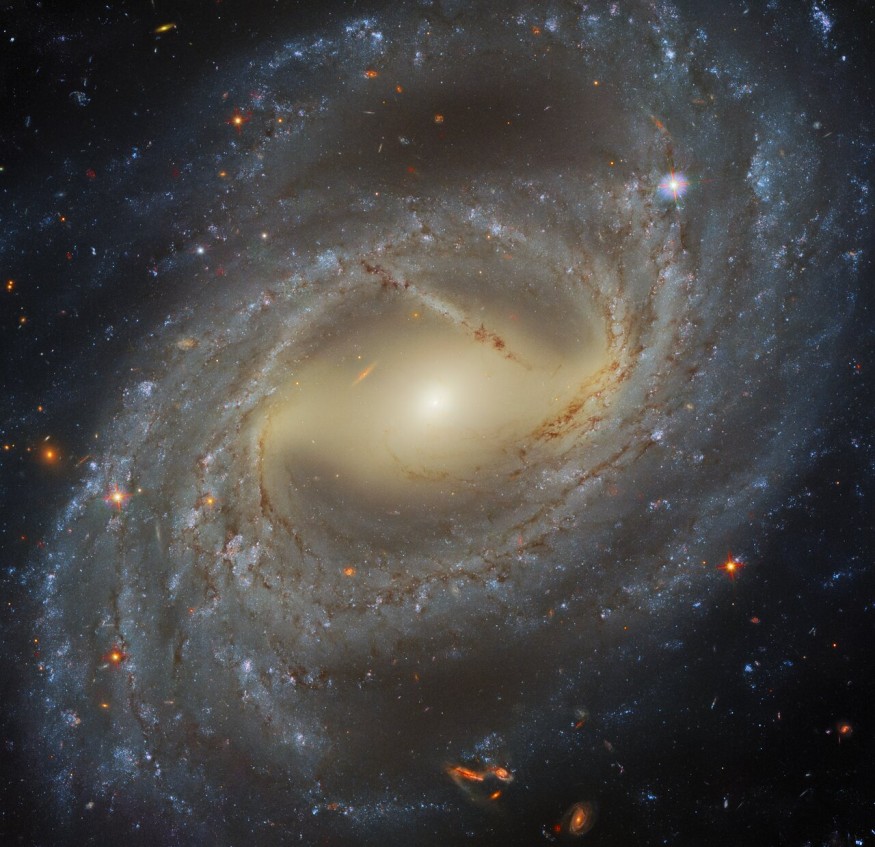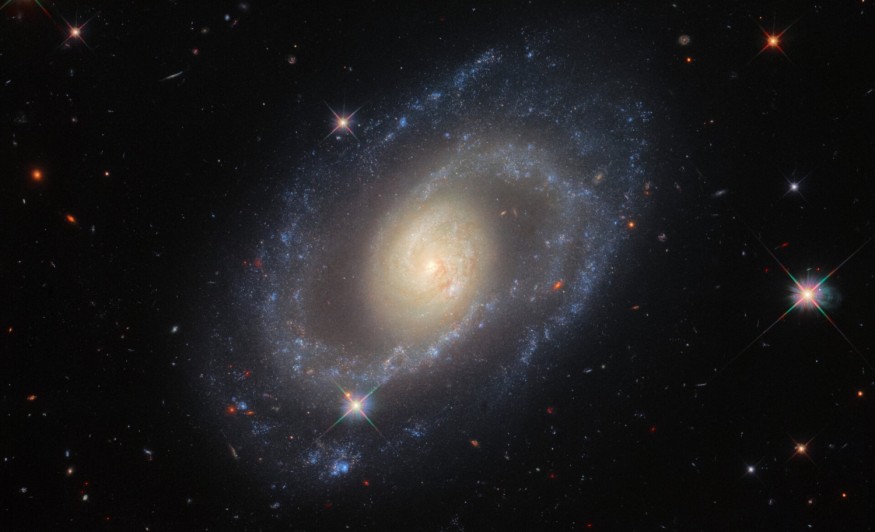NASA Hubble Space Telescope captures two more spiral galaxies. This optical equipment found NCG 7329, a spiral galaxy 149 million light-years distant. Mrk 1337, around 120 million light-years away, is another spiral galaxy that Hubble imaged.
The photograph is part of an effort to understand more about the expansion of the cosmos. Adam Reiss, a physics and astronomy professor who earned the Nobel Prize in 2011 for demonstrating that the universe is expanding at an accelerating rate, is leading the charge.
In its 31 years of operation, the Hubble Space Telescope has been known to picture a variety of galaxies. Over the years, the Hubble Space Telescope has captured images of elliptical, spiral, and even irregular galaxies.
Hubble Space Telescope Sees Spiral Galaxy NCG 7329

The Hubble Space Telescope of NASA/ESA has obtained an incredible image of the spiral galaxy NCG 7329. English astronomer John Herschel found NCG 7329 for the first time in 1835.
It's also known as ESO 109-12, IRAS 22369-6644, and LEDA 69453, and it's located in the constellation Tucana, 149 million light-years distant.
The galaxy is part of the NGC 7329 group (LGG 462), which is made up of more than ten galaxies linked by gravity.
The images from Hubble's Wide Field Camera 3 (WFC3) in the infrared and optical sections of the spectrum were used to create this new picture of NCG 7329.
The Hubble observations for this image of NCG 7329 were processed using four distinct filters, each of which covers a different portion of the light spectrum.
"Creating a colorful image such as this one using a telescope such as Hubble is not as straightforward as pointing and clicking a camera," Hubble astronomers said per SciNews.
Photo of Mrk 1337 Spiral Galaxy Found

The Hubble Space Telescope has photographed another spiral galaxy. Mrk 1337 is the spiral galaxy in question, and it is 120 million light-years distant from Earth. It is found in the Virgo constellation.
Mrk 1337 is described by the European Space Agency (ESA) as "a weakly barred spiral galaxy," which indicates that the spiral arms radiate from a core bar of gas and stars.
Space.com said that the space telescope emphasized ultraviolet and infrared wavelengths in this photograph.
Hubble to Explain How Universe is Expanding
While the Hubble Space Telescope takes photos of galaxies daily, like Mrk 1337 and NCG 7329 is part of an attempt to find out how rapidly the universe is expanding.
Adam Riess, a Johns Hopkins University professor of physics and astronomy, leads the endeavor. Riess was awarded the Nobel Prize in Physics in 2011 for demonstrating that the expansion of the cosmos is also accelerating.
Riess earlier stated that the rate of acceleration should be fine-tuned since the cosmos is expanding at a quicker rate than scientists had predicted.
According to the same Space.com report, the Hubble was crucial to the Nobel Laureate, so "there's no surprise that astronomers are once again looking to it as they strive to refine the rate."
RELATED ARTICLE : Hubble Space Telescope Releases Mind-Blowing Images Captured from Outer Solar System's Gas Giants Showing Unique Planetary Activities
Check out more news and information on Space in Science Times.
© 2026 ScienceTimes.com All rights reserved. Do not reproduce without permission. The window to the world of Science Times.












